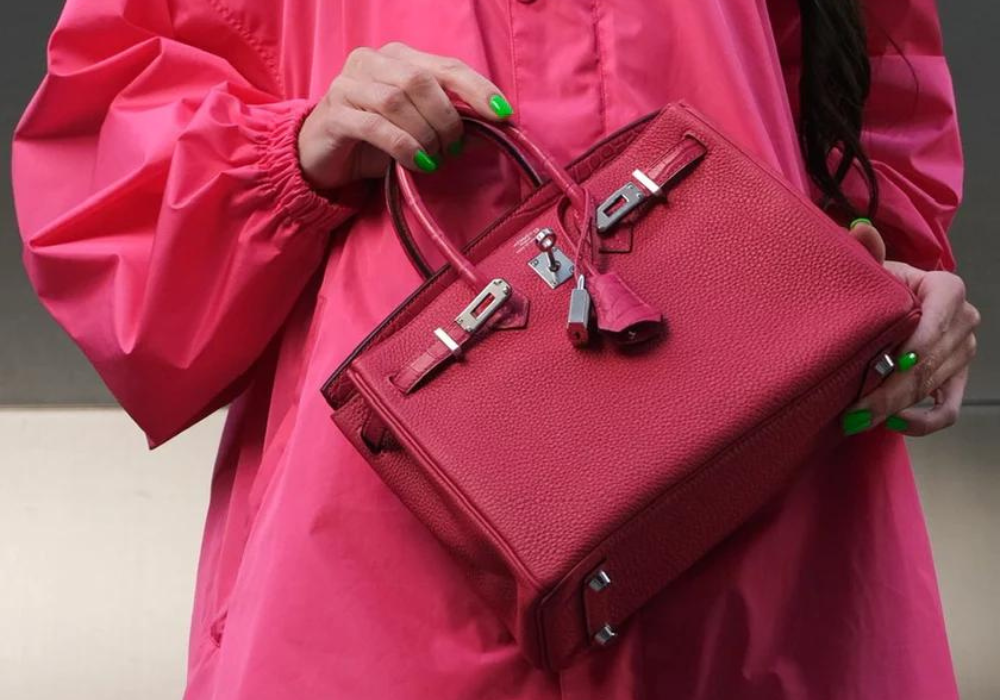Collectible Hermès Bags - The Basics

While many bags can be said to be collectable in many ways, be they antique beaded purses, bejeweled Judith Leiber bags, limited edition Louis Vuitton pieces, or any other other number of quantifiable groups, by and large, the handbags considered most collectible and worthy of intense scrutiny and speculation are the Hermes Birkin, Kelly, and Constance bags, and the variations of these models Hermes has produced. A secondary market for these styles where prices surpass retail has existed for over twenty years. Scarcity drives this market, as Hermes tightly controls production and holds its products to the highest quality standards. Each bag is produced by hand, by one artisan start to finish, in France. The dedication required to perfect the skills necessary for this work is not in high supply, nor are materials that meet Hermes’ perfecting quality standards. As a family owned company, they have maintained these limiting qualities as brand heritage and continue to resist any compromise on quality, ensuring the life of their products’ secondary market for the foreseeable future. Publicly, Hermes does not approve of the secondary market for its products, but it is speculated they do see its benefit, as it justifies their high retail prices, though the company would argue their prices are justified by the quality of their products alone. And to that one could make the counter-argument that their prices aren't high enough if people are willing to pay more on the secondary market.
While not all bags are considered collectable, not all Hermes bags rise in value after leaving the store. Even among the ‘bluechip’ Birkin, Kelly, and Constance models, demand, and with it value, varies depending on a number of factors: material, size, and color being the main factors, and to a lesser extent, hardware. Within each of these categories, there are many variations, making the simple Birkin, Kelly, and Constance designs into bags that can be collected ad nauseum. The overwhelming number of unique possibilities among these bags means acquisition could continue endlessly. It is therefore important to consider how these bags can be collected in more satisfying, even finite ways. Understanding how these bags can be collected requires understanding as much of their world as possible, and through this, what bags are possible. It is unknown how many Birkins, Kellys, and Constances are produced each year, nor are the quantities of various colors, limited editions, or other narrowing factors publicized. Through auctions and the social media posts and online stores of secondary market dealers, the rarity of various models can be determined and value approximated.
The value of a handbag on the secondary market is largely determined by past auction results for similar models. The latest colors and special editions are typically available through dealers before any examples go up for auction. During this period the price a dealer will ask for a newly released model depends partly on the retail price and partly on the model’s expected rarity. Once multiple examples of a particular model have sold at auction, the prices asked by dealers will typically fall in line with a high average of auction results. As the auction market has sold thousands of these bags annually in sales around the world for the last decade, their results provide the clearest picture of any particular bag’s value and how that has changed over time. Speculation can be made from trends found in these results, but auctions are unpredictable by nature, and the handbag market has yet to mature to the point of, for example, the jewelry market, where stones and materials have publicly known and calculable values.




Leave a comment
This site is protected by hCaptcha and the hCaptcha Privacy Policy and Terms of Service apply.